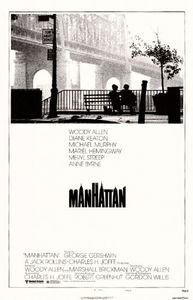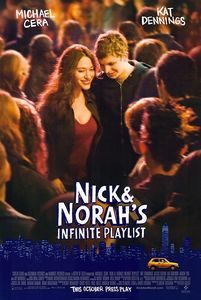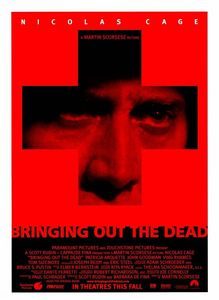On the Town (1949)
(On Cable TV, February 2018) At face value, On the Town is a ridiculous film. Following three sailors on leave in Manhattan through a day of gentle debauchery, it has unbelievable coincidences, a pat ending, generic characters and some astonishing lengths, including an entirely optional dream sequence. But here’s the thing: it’s a musical, and like many of the musicals closely associated with Gene Kelly, it knows it’s a musical. It doesn’t even waste any time telling us that it acknowledges its own absurdity, from the impossibly full morning tourism of the characters, to three cabarets reprising the same ditty, to the consciously ridiculous meet-cute romances. Gene Kelly and Frank Sinatra make for fantastic leads, and the visual polish of On the Town is often eye-popping: If I liked Ann Miller best of all the film’s dames, it may have something to do with the fantastic green dress she wears throughout “Prehistoric Man.” The film is, from “New York, New York” on, a joy to watch: Cheerful, exuberant, unconcerned with plausibility and rather racy in some implications, it’s also a delightful romanticized time capsule of post-war New York City in full Technicolor. The location shooting (a rarity at the time), as short as it was, brings a lot to the film. I’m not terribly fond of the dream sequence, except that it does show the possibilities of ballet in a non-traditional setting … like many of Gene Kelly’s films. All in all, I was pleasantly surprised by On the Town—it’s much better than a summary would suggest, and simply a lot of fun.
(Second viewing, On Cable TV, August 2020) Two-and-a-half years and several dozen musicals later, I still like On the Town a lot — it’s self-aware, visually imaginative, can depend of the combined talents of Gene Kelly, Frank Sinatra and Ann Miller and does create the bubble of fantasy that many musicals rely on. A second look highlights a few things that hadn’t necessarily focused upon the first time — such as the underhanded agency of the female characters, and the fact that our male protagonists are slightly idiotic. Once past Ann Miller, I also have plenty of nice things to say about Vera-Ellen, Betty Garrett and even Alice Pearce in a clearly comic role.



